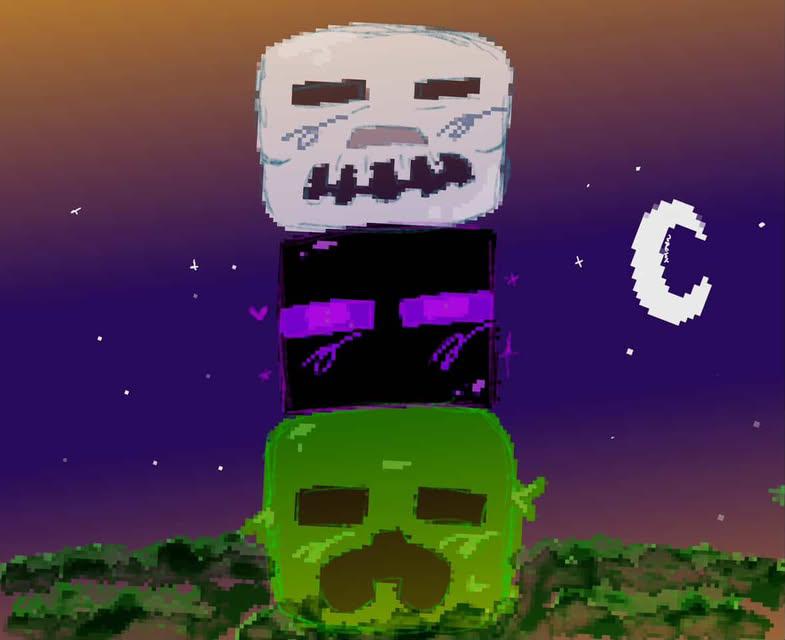Children’s books play an essential role in introducing children to creativity, reading, writing, and emotions. They help form opinions and teach kids how to understand and deal with feelings. The messages from those books stick with us in ways we never imagined and have shaped us into who we are now.
The Rainbow Fish by Marcus Pfister is a beautiful story about a Rainbow Fish who is different from all the other fish in the ocean because of his sparkling scales. All the other fish in the sea admired him and invited him to play with them. However, Rainbow Fish always ignored them, believing he was better than them. It wasn’t until he was given wise advice that Rainbow Fish realized that he needed to be selfless to be happy. He gained joy by giving away his scales and allowing others to be special like him. In the end, Rainbow Fish was accepted by his community. I enjoyed how this book revealed sharing, selflessness, and community themes. Using watercolors to show the vibrant colors of the fish and an emphasis on Rainbow Fish’s scales, the book successfully illustrates the sense of belonging. The message of selflessness is told in a way that both children and adults can understand. Overall, this book was close to perfection, but something was missing. I didn’t feel emotionally connected with the characters in the book as I do with other children’s books. How can we expect kids to be if I can’t feel connected to these characters?
RATING: 4/5 stars
The Day the Crayons Quit by Drew Daywalt is from the viewpoint of a little boy receiving letters from his crayons. Each crayon has its complaint, whether that’s being used too much, not enough, being used to color outside the lines, or coloring things they don’t like. The book entails handwritten letters from those crayons, along with the pictures that the little boy, Duncan, drew using each crayon. The book serves to help children understand perspectives and feelings. I love this book and how it makes the reader feel like they are Duncan. It gave each crayon its personality and realistic examples of how kids use it. By using a variety of colors and drawings that are very kid-like, Daywalt helps young readers create empathy and relatability with the crayons, which serve as symbols for real people. I recommend this book to anyone looking to introduce irony to kids. This book does a great job of using irony to build a personal connection with the reader.
RATING: 5/5
Categories:
Classic Children’s Books
1
More to Discover
About the Contributor

Cheyenne Borroughs, Staff Writer
Cheyenne is a junior, and this is her first year on staff, as a Staff Writer! Cheyenne joined the Norse Star because she always enjoyed getting to write. Aside from the Norse Star, Cheyenne is involved at Stoughton High School through the Swim Team, and Key Club. She also swims for her club team, VSAT! In her free time, Cheyenne loves reading, and spending time with her family and friends. After high school, Cheyenne plans to attend college—she’s not sure of her major, but is interested in Political Science and Biology, but knows she’ll keep swimming regardless.





